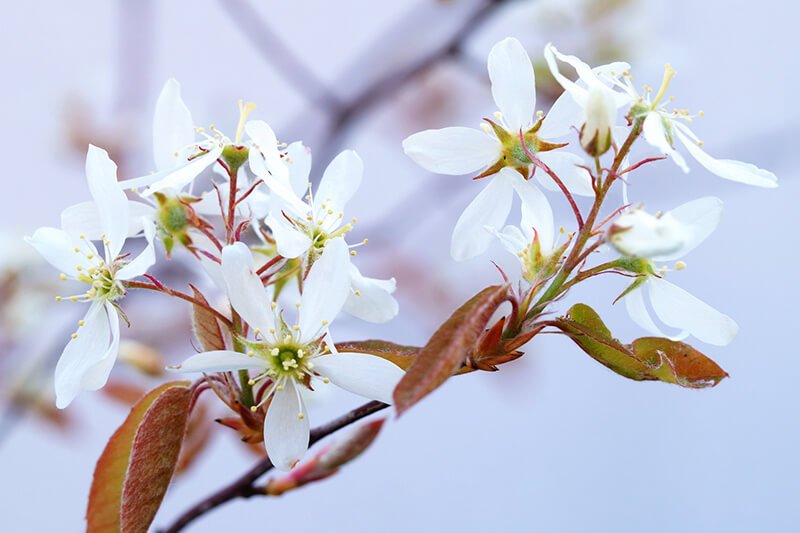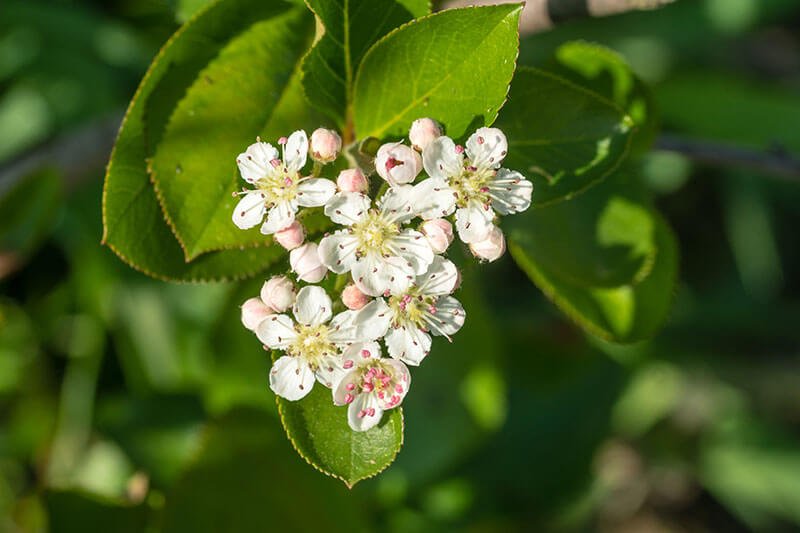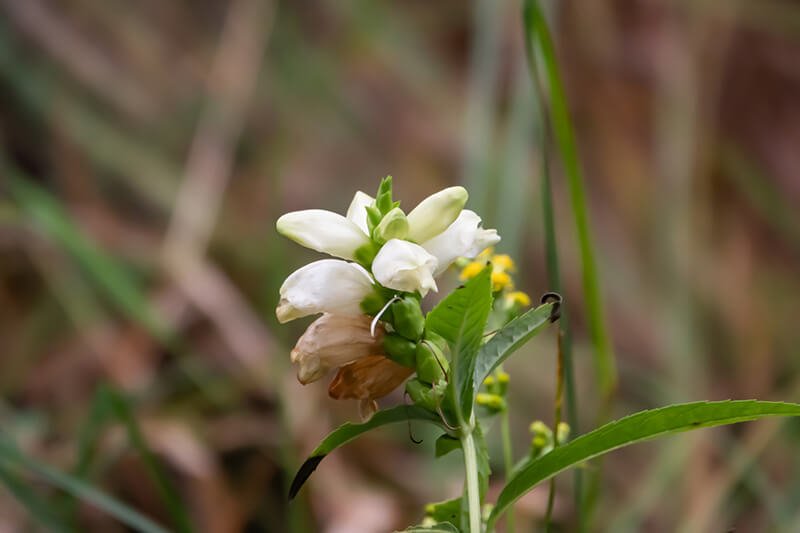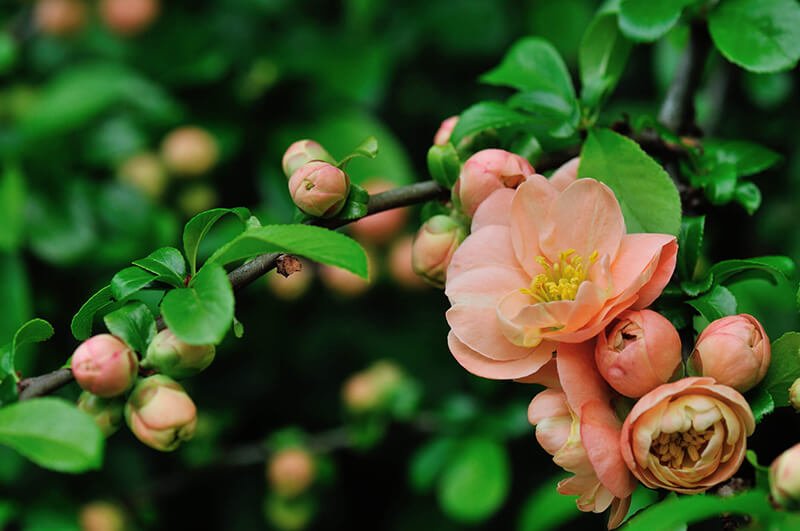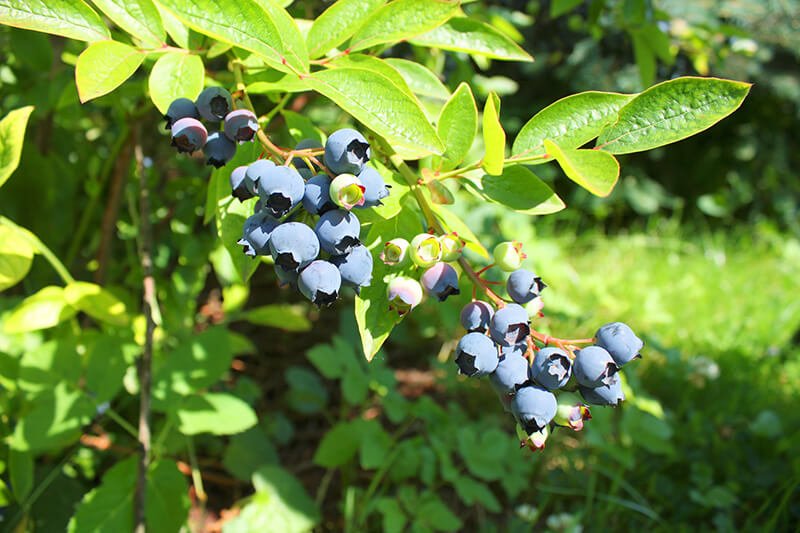Native Plants
Native plants are low maintenance, offer beautiful blooms, and are an excellent source of food for native species (especially caterpillars and butterflies). New Jersey has more than 2,000 native plants!
Above: Purple Coneflower (Echinacea purpurea)
Native plants are defined by the NJ Native Plant Society as the “plants (and other species) living on this continent before European settlers arrived.” The National Wildlife Federation has excellent information and resources for planting native plants for a specific area.
Insects evolve alongside native plants. Insect species provide food and are woven into complex connected relationships with other animals (especially those that eat insects). One specific example are the Monarch butterfly whose caterpillar only feeds on three types of milkweed plant. Native plants provide the nectar and pollen food sources for bees, butterflies, etc. And in turn, most plants rely on insects for pollinations. Birds rely on insects to feed themselves and their young. Native animal species often migrate and reply on bloom time of the plants.
Above: False Sunflowers (Heliopsis helianthoides)
Sadly, global insect species are on the decline. By planting native plants, adding plants for habitat options, and minimizing pesticides we can help.
There are keystone species, which hold the ecosystem together. Oaks are a keystone species by attracting over. The National Wildlife Federation has comprehensive and organized lists of keystone plants by ecoregion.
Above: Pink Tickseed (Coreopsis rosea)
There are also native plants cross bred with a cultivar, nicknamed “Nativar.” It is a native species that has been cultivated to select specific traits for a plant. There is a debate if these are helpful but a nativar might be better than nothing.
Let’s celebrate our local heritage and plant native! Native plants support New Jersey ecosystems so we can protect our native wildlife. By planting native plants you can support migratory birds and pollinators. Due to the low maintenance of native plants, less water and pesticides are needed! You can start small with potted native plants on your front porch or lawn.
Below: Serviceberry (Amelanchier canadensis), Cameo Flowering Quince (Chaenomeles x superba), Chokeberry (Aronia melanocarpa), White Turtlehead (Chelone glabra), and Northern Highbush Blueberry (Vaccinium corymbosum).




